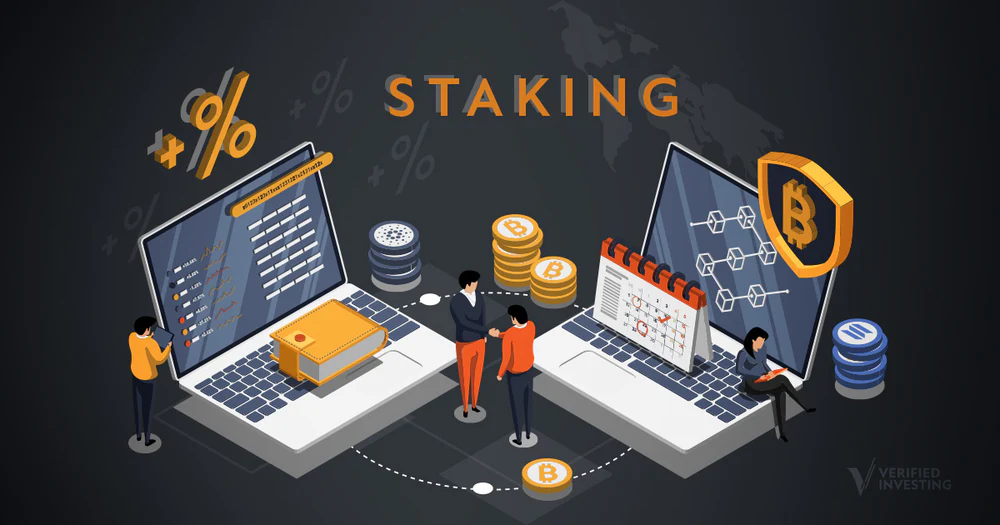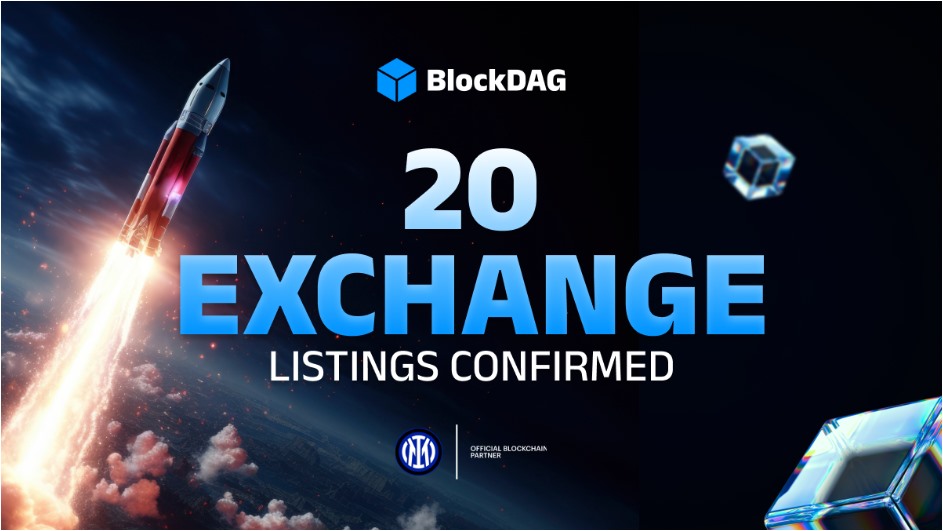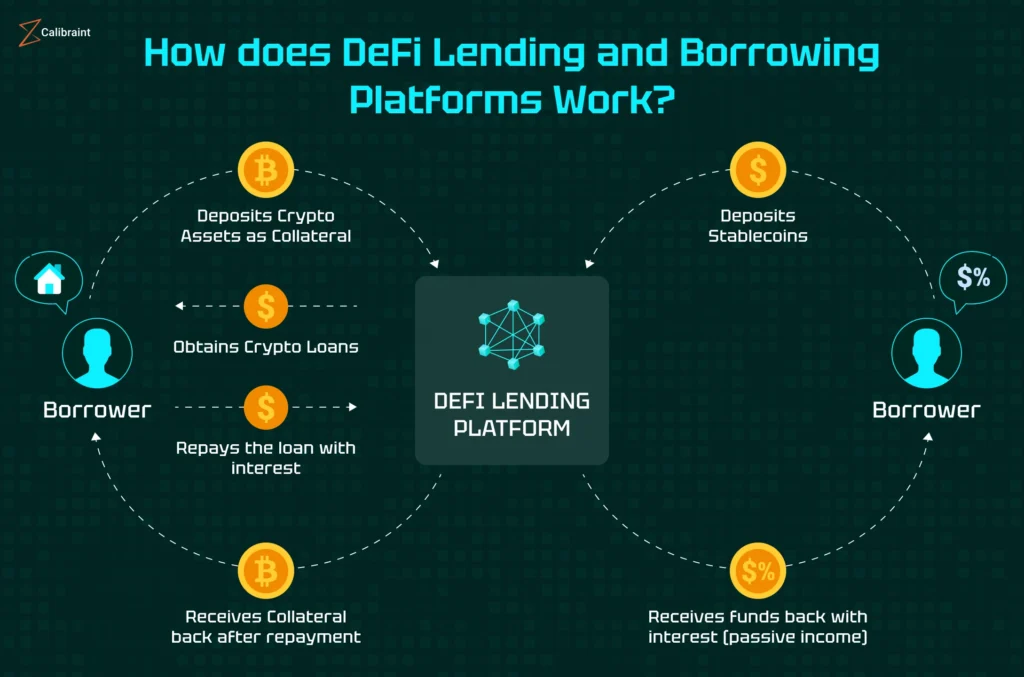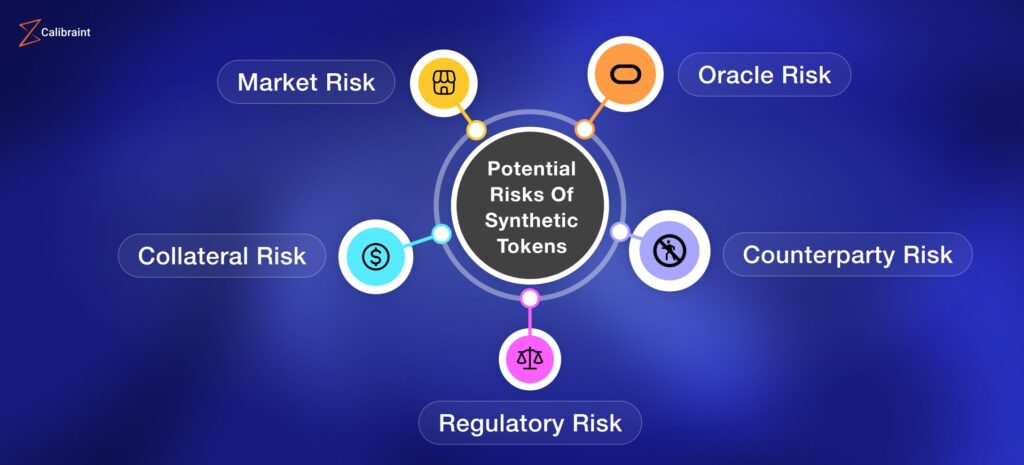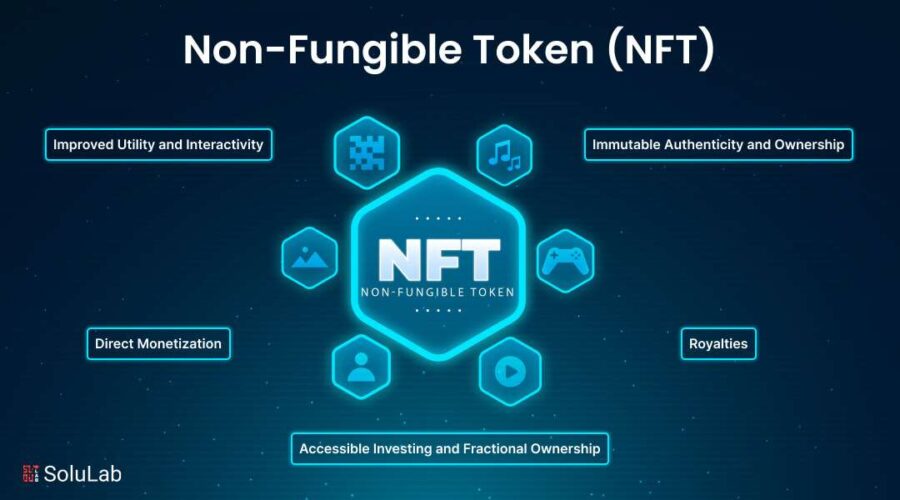
Once upon a time, NFTs were all about flashy digital collectibles — pixelated avatars, animated GIFs, and generative art that took the crypto world by storm. But the landscape has evolved. The market that once revolved around speculation and novelty is maturing into something more substantial — where functionality meets ownership, and NFTs are no longer just assets to hold but tools to use. Welcome to the era of Functional NFTs — where digital tokens are being redefined to serve real-world and metaverse purposes.
The Shift: From Status Symbols to Utility Powerhouses
In the early days, NFTs were synonymous with exclusivity. Owning a CryptoPunk or a Bored Ape was a digital badge of honor — a membership card to an elite online club. But as the hype cooled and the market stabilized, developers and creators began asking a more profound question: What can NFTs actually do?
The result has been a wave of innovation transforming NFTs from static collectibles into dynamic assets that offer access, functionality, and interaction. Functional NFTs, unlike their purely visual predecessors, embed smart contract features that enable ongoing utility — from unlocking premium services to acting as in-game assets, tickets, or governance tools within decentralized ecosystems.
Gaming and the Rise of Play-to-Own Models
The gaming industry has become a proving ground for the power of functional NFTs. In traditional gaming, digital assets like skins or weapons exist only within closed ecosystems — users can’t truly own or trade them. But blockchain technology changed the rules. With play-to-own or play-to-earn mechanics, NFTs now represent transferable and tradable assets that exist beyond the confines of any one platform.
Games like Axie Infinity, Illuvium, and Star Atlas have showcased how NFTs can power entire economies. Players earn rewards, build virtual land, or enhance their characters through NFTs that hold tangible value, both in-game and in secondary marketplaces. These digital items have moved from cosmetic appeal to functional necessity — a true shift from playing to participating.
Memberships, Access, and Token-Gated Communities
Functional NFTs are also reshaping how communities operate online. The concept of token-gated access has exploded across industries — from exclusive clubs to digital publications and virtual events. Instead of paying recurring subscriptions or fees, users can hold an NFT that grants ongoing privileges.
For example, platforms like Friends with Benefits and VeeFriends offer access to communities, events, and mentorships through NFT ownership. These tokens serve as both a key and a credential — allowing creators to reward loyalty, maintain scarcity, and enable peer-to-peer value exchange without intermediaries.
Real Estate, Identity, and Real-World Integration
The boundaries between digital and physical worlds are blurring. Functional NFTs are now being linked to real-world assets (RWAs) and identities. Real estate platforms are experimenting with NFTs that represent fractional ownership of property or serve as legal proof of ownership once backed by smart contracts.
In digital identity, Soulbound Tokens (SBTs) have entered the scene — non-transferable NFTs that verify achievements, credentials, or memberships. Imagine a digital diploma that lives on-chain, verifiable by anyone but non-tradable. These innovations point to a future where NFTs form the backbone of verifiable digital identity and asset ownership.
Art Evolves: Dynamic and Interactive NFTs
Even within the art world — the birthplace of NFT mania — functionality is taking center stage. Artists are experimenting with dynamic NFTs, which evolve based on time, interaction, or external data. A piece of art could change color depending on the weather in the collector’s city or respond to the number of wallet interactions it receives.
This evolution transforms art from static collectibles into living, breathing digital experiences, merging creativity with interactivity in a way no traditional medium can replicate.
The Infrastructure Behind Functional NFTs
Underpinning this revolution are technological advances in blockchain infrastructure. Layer 2 solutions like Polygon, Optimism, and Arbitrum have made NFT minting and interaction faster and more affordable. Meanwhile, interoperability protocols like Wormhole and LayerZero are enabling NFTs to function across multiple chains seamlessly.
Smart contract standards are also evolving. Ethereum’s ERC-6551 standard (Token Bound Accounts), for example, allows NFTs to own other assets — a leap toward NFTs acting as digital wallets or characters with full-fledged inventories.
Challenges: Regulation, Scalability, and Market Maturity
Despite the promise, functional NFTs face real challenges. Regulatory clarity around NFTs used as access t






